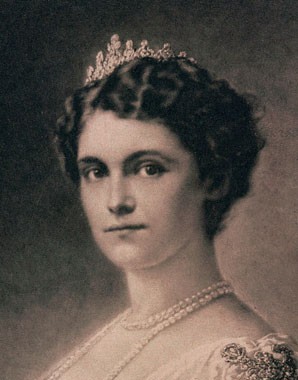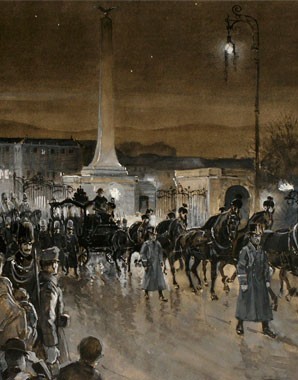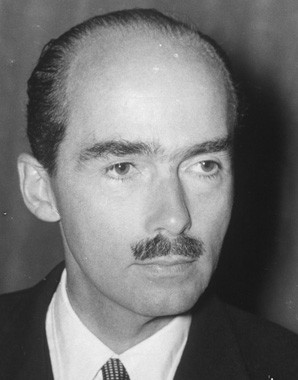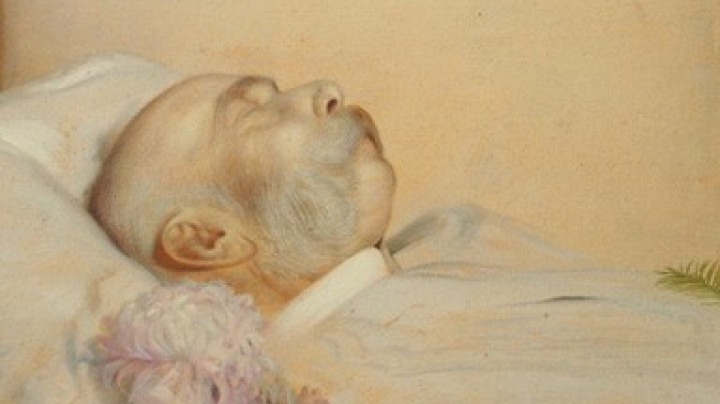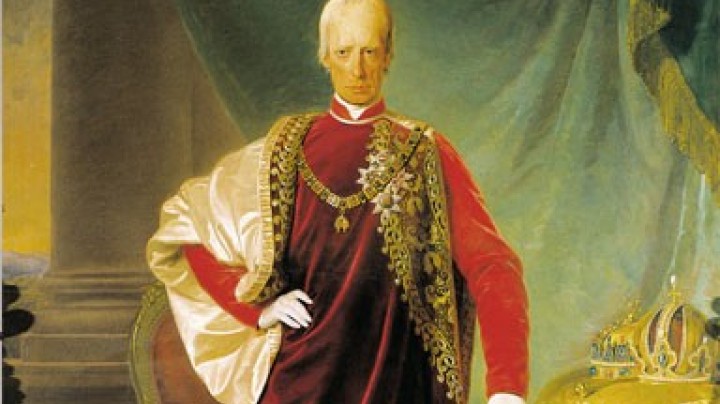Habsburgs in exile II: 1922-1945
On his early death Karl left seven children. His wife Zita was pregnant with their eighth child. In May 1922 the young widow was allowed to return to Europe.
On the invitation of the Spanish royal family Zita moved to the Basque country with her children. Generous supporters had given her the palatial Villa Uribarren in the northern Spanish fishing port of Lequeitio on the Bay of Biscay.
During the following years the former empress was primarily occupied with ensuring an upbringing and education befitting the family’s rank for her eldest children, in particular Otto. In accordance with Habsburg tradition, the children were to be brought up as strict Catholics and in full awareness of their dynastic descent.
In addition to this Zita also occupied herself with agitating for the Habsburg cause. Politically very gifted, she tried to influence the monarchist movements in the successor states (above all in Austria and Hungary) in order that her eldest son Otto might be recognized as the rightful pretender to the throne.
In October 1929 the family moved to Belgium so that Otto could study at the Catholic university in Leuven, choosing Ham Castle in Steenokkerzeel north-east of Brussels as their new home. The family continued to be the focus of a small court household of aristocratic followers, including Countess Theresa Kerssenbrock, the children’s former governess, Count Heinrich Degenfeld, Baron and Baroness von Gudenus, Countess Mensdorff and Father Weber from the Benedictine monastery of Pannonhalma in Hungary, and Zita’s secretary Anni Posawad. There was also a governess together with a chauffeur and other servants.
During this time Zita received frequent visits from members of the European high nobility, for example the Belgian king and queen and the Grand Duke of Luxemburg. Zita was thus well connected. Money flowed from the Hungarian crown demesne of Ráckeve south of Budapest, the revenue from which had now been placed at the disposal of the former empress by the Horthy regime.
With the outbreak of the Second World War the presence of the exiled Habsburgs in Western Europe became increasingly problematic. On 10 May 1940 the family left Belgium, which had been overrun by the German army. Zita, her eldest son Otto and the younger children only narrowly escaped arrest by the Gestapo. They fled to France, but following its capitulation on 10 June 1940 Zita was forced to flee with her children via Spain and Portugal to the United States.
Otto and the elder children remained in the USA for the rest of the war, while Zita and the younger children moved to Quebec in the French-speaking region of Canada so that the latter could complete their education in French.
After 1945 the children went their separate ways, built up independent lives for themselves and settled in various places around the world. In 1948 Zita took up residence in Tuxedo, New York State. Later she moved to Luxemburg in order to look after her mother. From 1963 until her death in 1989 she lived in a Catholic retirement home in the Swiss town of Zizers.

